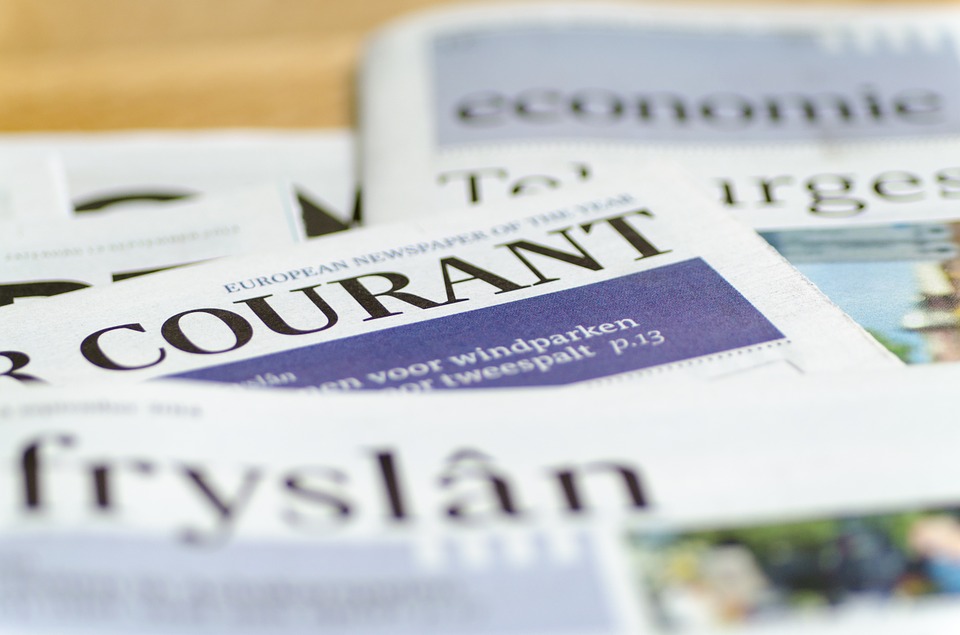Brazilian newspapers: the risk of becoming irrelevant

Reuters Institute Fellow's Paper
Since the early fifties, the circulation of paid-for dailies has risen by almost a third in Brazil, but the number of newspapers sold per 1,000 people has suffered a sharp drop.
This seeming contradiction is rooted in the history of the country’s print press, as shown in the study 'Brazilian newspapers: the risk of becoming irrelevant', written by Rodrigo Carro. A reporter at Brazil’s leading financial newspaper Valor Econômico, Rodrigo addresses key historical moments in the development of Brazil’s newspaper industry to demonstrate how the chronic weakness of the print press, combined with the profound social and economic improvements of the last 20 years, pose a serious threat to the reach and relevance of paid-for dailies.
This is how Rodrigo describes his research: “Brazilian newspapers are shrinking despite never having been genuinely mass-market. This decade has so far been a turning point for the newspaper industry. From 2010 to 2014, the percentage of the Brazilian adult population that reads newspapers every day fell by almost one quarter, slumping from 27 per cent to 21 per cent. Not long ago the future seemed bright for the newspaper industry in Brazil: from 2005 to 2009 paid circulation rose 21 per cent, practically twice the growth of the Chinese dailies during the same period. So why do Brazilian newspapers now face the risk of becoming irrelevant? Though recent technological breakthroughs - such as the Internet and social media - have contributed to this downward trend, historical variables are essential for understanding the difficulty of the print press to penetrate the masses and find a broad appeal. On average, Brazilians are more educated and have a higher income today than 20 years ago - but they simply don’t want to spend their money buying dailies. The very same factors that lifted tens of millions of Brazilians out of poverty and into the new middle class boosting newspaper circulation to new levels during the 1990s and the 2000s also made room for an increase in the use of digital goods and services. And these devices and apps are now altering the way Brazilians consume news."
As with all Fellows’ research papers, any opinions expressed are those of the author and not of the Institute.





